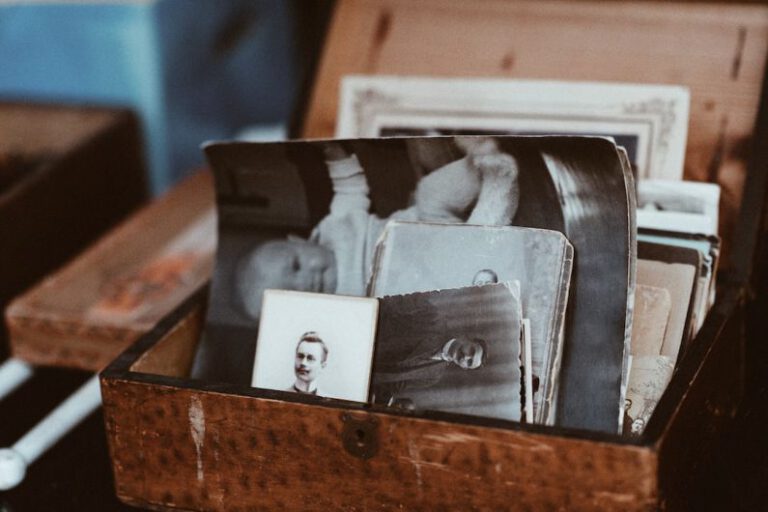Minimizing Sun Damage to Books and Documents
The beauty of books and documents lies not only in the words they contain but also in their physical presence. However, exposure to sunlight can cause irreversible damage, fading the ink and yellowing the pages. To preserve these valuable treasures, it is essential to understand the harmful effects of sun exposure and take proactive measures to minimize sun damage. In this article, we will explore some effective strategies to protect books and documents from the detrimental effects of sunlight.
Understanding Sun Damage
Sunlight contains ultraviolet (UV) rays that can cause significant damage to books and documents over time. UV rays are responsible for fading inks, discoloration, and deterioration of paper. Moreover, prolonged exposure to sunlight can also weaken the structure of the materials, making them brittle and prone to crumbling. Therefore, it is crucial to shield these valuable items from excessive sunlight to ensure their longevity.
Avoid Direct Sunlight
The most effective way to minimize sun damage is to keep books and documents away from direct sunlight. Direct exposure to sunlight, especially during the peak hours of the day, intensifies the harmful effects of UV rays. Placing books and documents near windows or in areas where sunlight directly falls should be avoided at all costs. Instead, store them in a cool, dark, and dry environment, such as a bookshelf away from windows.
Utilize UV Protective Covers
Another practical solution to safeguard books and documents is to use UV protective covers. These covers are specifically designed to block UV rays and prevent them from reaching the materials. UV protective covers are available in various sizes and can be easily attached to books, journals, or documents. By using these covers, you can significantly reduce the impact of sunlight on the longevity and appearance of your cherished items.
Install UV Filtering Window Films
For individuals with extensive book collections or professional libraries, installing UV filtering window films is a wise investment. These films are applied directly to windows and act as a barrier against harmful UV rays. UV filtering window films allow natural light to enter while blocking the damaging effects of the sun. This solution not only protects books and documents from sun damage but also helps regulate temperature and humidity levels in the room, further preserving their condition.
Rotate Displayed Materials
If you enjoy showcasing books or documents, it is crucial to rotate them regularly to minimize sun exposure. By frequently changing the items on display, you can ensure that no single item is subjected to prolonged sunlight. Additionally, rotating displayed materials allows you to enjoy different pieces from your collection while preserving their condition.
Consider Digital Preservation
In an increasingly digital world, digitizing important documents and books can be an effective strategy to minimize sun damage. By creating digital copies, you can access the content without risking the original materials to sun exposure. This method is particularly useful for fragile or rare documents that require extra protection. However, it is essential to choose a reputable scanning service to ensure the highest quality digitization.
Conclusion: Protecting Your Precious Books and Documents
Preserving the physical integrity of books and documents is essential for their lasting value. By understanding the harmful effects of sun exposure and implementing the strategies mentioned above, you can minimize sun damage and prolong the lifespan of your cherished collection. Whether it’s avoiding direct sunlight, using UV protective covers, or considering digital preservation, taking proactive measures is crucial in ensuring the longevity of your precious books and documents.






